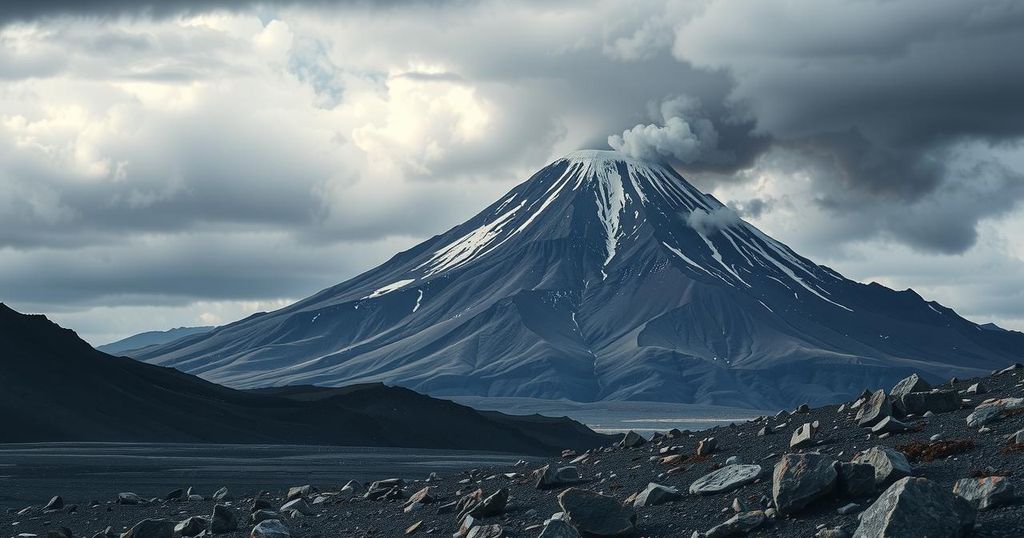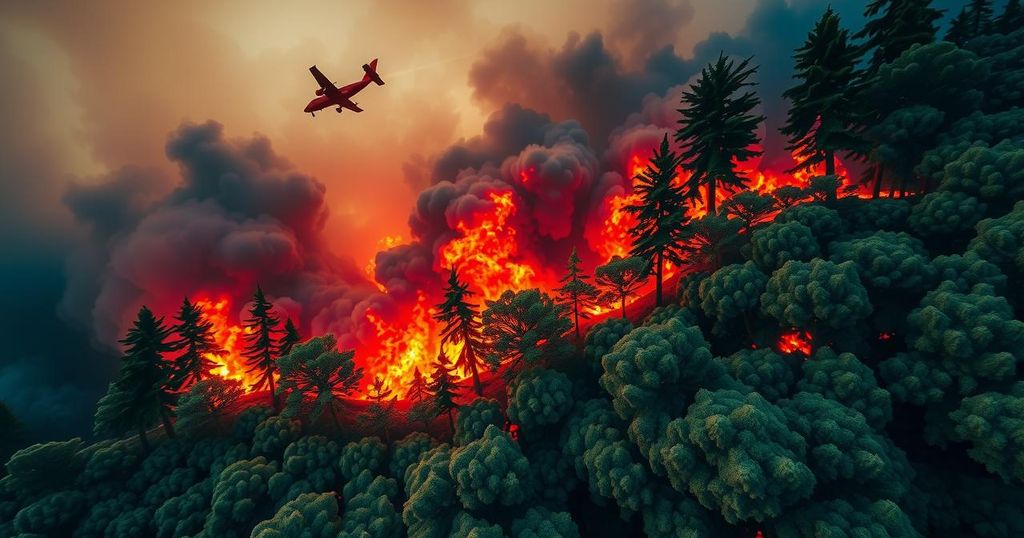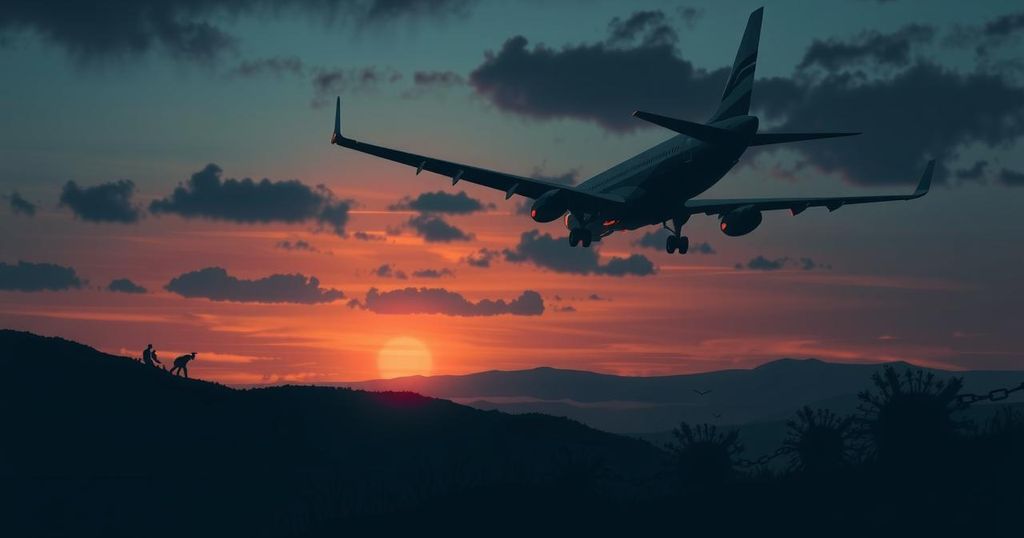Increased Seismic Activity at Mount Spurr Prompts Eruption Concerns in Alaska
Mount Spurr, located in the Aleutian Arc of Alaska, is experiencing a rise in seismic activity, leading geologists to warn of a possible eruption in the near future. With past eruptions recorded in 1953 and 1992, the current situation entails rigorous monitoring as recent earthquake counts have surged significantly. Given the scenarios outlined by experts, though the risks to populated areas are minimal, disruptions to aviation could occur.
Geologists are actively observing Mount Spurr in the Aleutian Arc of Alaska due to escalating volcanic activity. The Alaska Volcano Observatory (AVO) has indicated that an eruption may occur within the next few weeks. This stratovolcano, covered by ice and snow, has a history of two notable eruptions, one in 1953 and another in 1992, both stemming from the Crater Peak flank vent.
The eruptions of 1953 and 1992, though relatively small, were explosive, dispersing ash across large regions of Alaska and even reaching the North Atlantic. “These eruptions were relatively small but explosive, and they dispersed volcanic ash over areas of interior, south-central, and southeastern Alaska,” the US Geological Survey elaborated regarding their historical impact. Such eruptions also triggered lahars that obstructed the Chakachatna River, showcasing the potential hazards associated with volcanic activity.
Recently, the seismic activity beneath Mount Spurr has intensified, with approximately 30 earthquakes detected weekly since April 2024. This seismicity spiked again in October 2024, with around 125 weekly earthquakes reported until early February 2025, including a significant 2.9 magnitude quake on January 2. AVO indicated that the ongoing unrest may suggest new magma has infiltrated the crust, raising concerns of possible eruptions.
AVO has outlined several potential scenarios regarding the recent volcanic unrest. The first possibility is that magma may fail to reach the surface, causing a decline in seismic activity over subsequent months. Alternatively, the volcano might experience an eruption similar in scale to previous events from 1953 and 1992, leading to explosive activity and ash dispersal. The third, albeit less probable, scenario involves an eruption at Mount Spurr’s summit, which has not occurred in recorded history.
Although there are no towns or cities at risk from potential pyroclastic flows or mudflows, disruptions to air travel could be significant due to an eruption. The AVO team is employing various monitoring technologies such as webcam systems, seismic networks, ground deformation stations, and infrasound sensors to observe volcano activity closely and gather data about possible outcomes.
In summary, Mount Spurr in Alaska exhibits increased earthquake activity, prompting geologists at AVO to consider the likelihood of an impending eruption. While there are several potential scenarios ranging from non-eruption to explosive events, the operational focus remains on monitoring and assessing volcanic activity. Given the lack of immediate human settlements nearby, regional disruptions in flight patterns may be the primary concern stemming from an eruption.
Original Source: www.iflscience.com




Post Comment